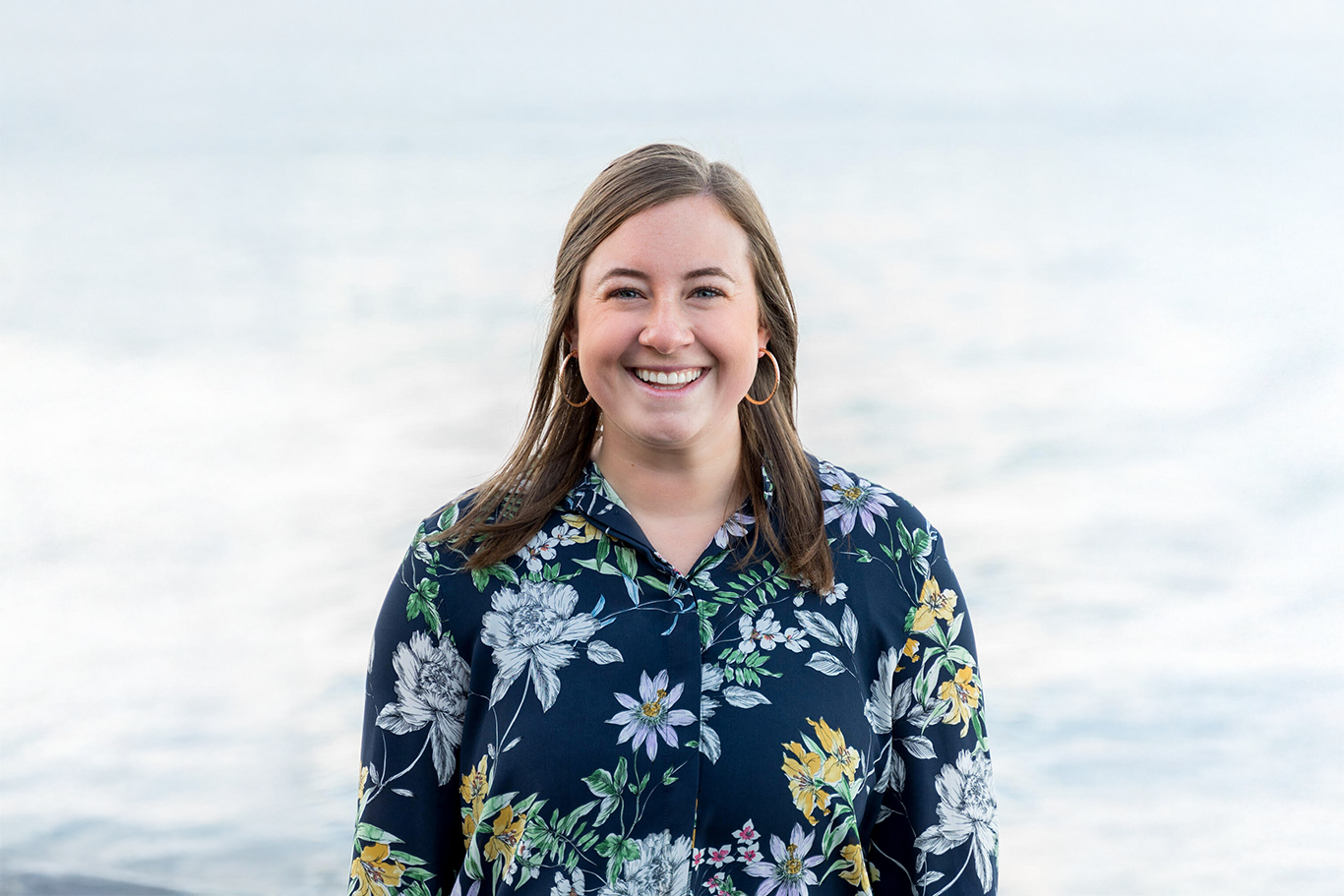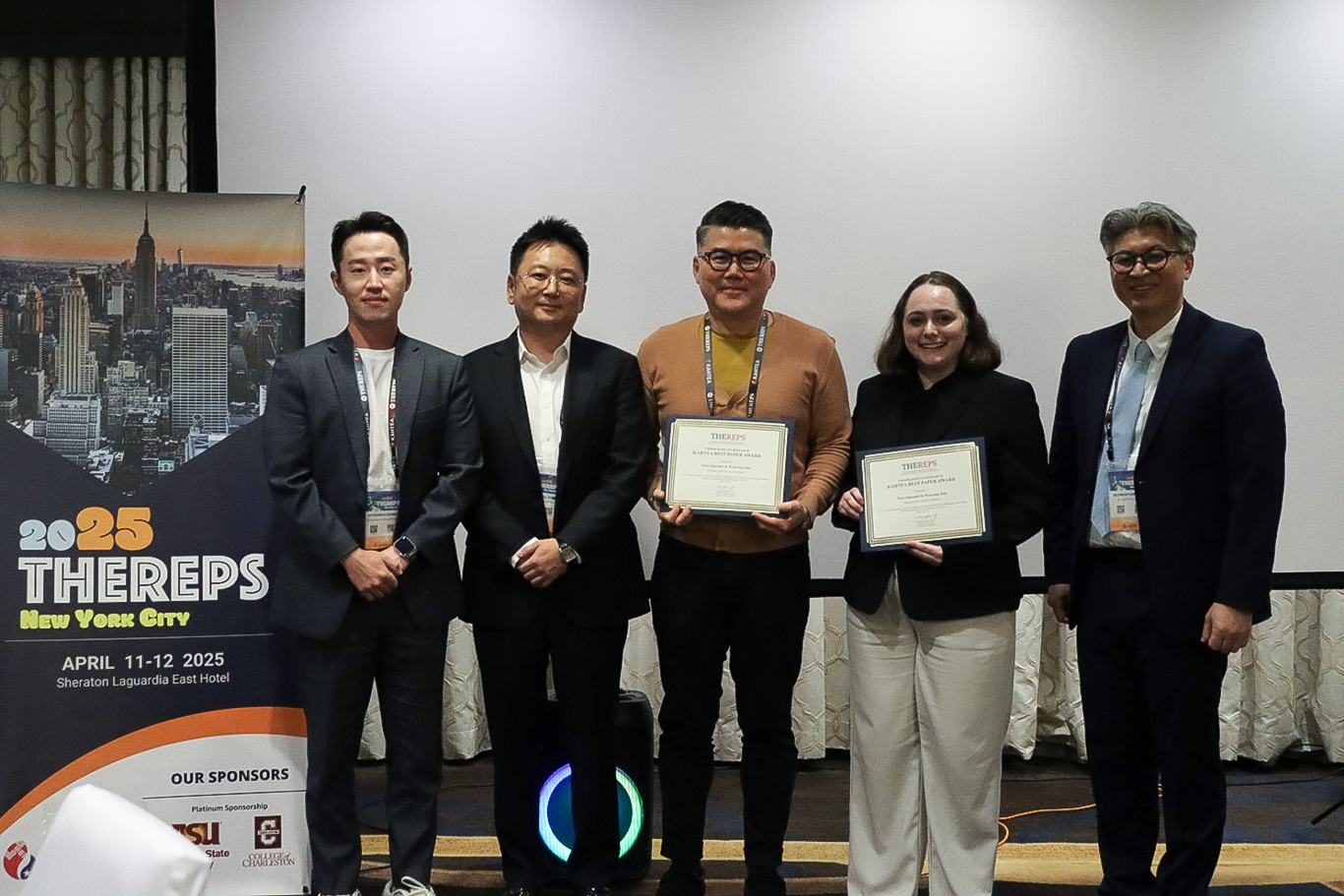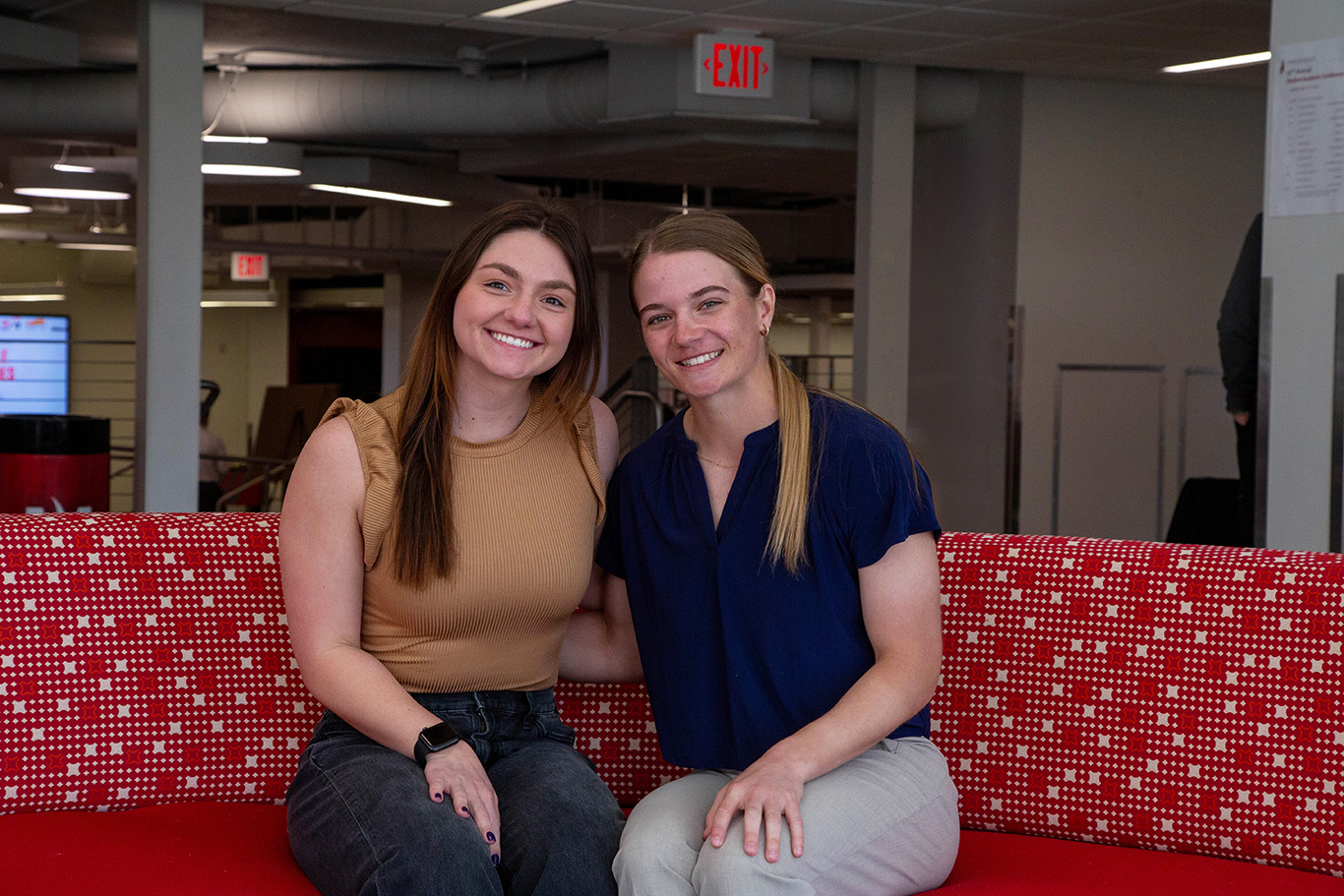Exploring the Universe and Beyond
2022 marks the MSUM Planetarium's 50th anniversary. After a half century of inspiring a curiosity in what exists beyond our sky, the people behind the Planetarium honor its significant milestone by sharing the historical orbit of this community asset. You can help ensure the continued success of the planetarium by donating today.
For the past 50 years, the MSUM Planetarium has been a place for inspiration and exploration. The planetarium’s director, Sara Schultz, expects it will play that role for another 50 years.
“We entertain and educate students of all ages,” she says. “The sky always captures the human imagination.”
The planetarium was founded in the 1970s, at a time when interest in space exploration was at a high. Neil Armstrong was first to step on the moon in 1969 and interest in astronomy was growing. The planetarium allowed MSUM students to tour planets and the night sky through projections.
“It was about inspiring the next generation of astronauts,” Schultz says.
That mission quickly expanded. The general Fargo-Moorhead community also wanted to learn more about the stars, and the planetarium started offering more public programs.
Schultz’s story can’t be told without mentioning the Planetarium. The farm-raised North Dakota native’s love for the night sky grew throughout her childhood. Upon graduation from high school, she chose to be a Dragon because of the MSUM Planetarium. She knew, undoubtedly, she wanted to study space.
Schultz worked with MSUM Physics & Astronomy professor Dr. Matthew Craig creating miniature museum-like exhibits while a student. This set her on a solid career path as a research astrophysicist. After graduating from the Department of Physics and Astronomy, Schultz earned her masters degree in physics with a focus on astrophysics research.
After graduate school, Schultz made a decision that would shape her career: she offered to volunteer for the Minnesota Planetarium Society, solidifying her love of informal science education. Schultz says helping people learn and fostering their growth is what she enjoys most about that type of role. She taught introductory physics courses at MSUM until the Planetarium Director job opened up in 2014. When she saw the opening, she knew it would be a great fit.
In her time as director, she has challenged students from a variety of majors to escape their comfort zones to accomplish more than they thought they could. Schultz says this is one of her favorite aspects of her role. The students are a huge part of what makes the Planetarium special.
A variety of planetarium programming is student led and produced. These MSUM students represent a variety of disciplines and have applied their planetarium experiences in extraordinary ways after graduation, Schultz says. Students who studied astronomy, physics, music and art have gone on to enjoy careers as teachers, NASA engineers and film consultants.
Aubrie Vivant is a current MSUM student studying film production and working at the planetarium. “I love science,” she says. “And I love how the planetarium allows me to connect all my interests.”
Today, most of the planetarium’s visitors are preschool through high school students. Schultz works with school districts to develop programming that meets educational standards. Her goal is to create an experience in the planetarium for these groups that is an extension of their classroom. She wants to support the teachers so they feel confident with the material and help the students understand and retain the information better.
“We push students to think of themselves as scientists, to have a more critical view of the world,” she says.
It still is used as a lab for college astronomy courses and serves as an official regional site where people can watch NASA-sponsored activities like launches. She has also pushed for using the planetarium and its digital projector as a theatre for more multi-disciplinary programs. For example, she has projected night sky images while having live classical music performed by a small string ensemble.
She also encourages using the space for events like concerts, gaming, meditation and exploring other science disciplines through film. The programs developed for the planetarium are immersive and can take audiences to the very edges of the visible universe thanks to its digital projector. It seats 62 people and serves about 10,000 visitors annually.
“It’s a multi-purpose space that allows us to explore beyond our backyard astronomy,” Schultz says.
As the planetarium celebrates its 50th anniversary, they are raising money for a state-of-the-art laser projection system. These improvements will make it even easier to use the theatre in a multitude of ways that spur creativity and innovation.
Interest in space will always be there, Schultz says. More recently, that interest has translated into answering questions like whether there is other life in the universe or what it looks like to live on Mars.
Those are the kinds of questions that go beyond astronomy and require the experiences of people from all disciplines and backgrounds.
“The stars have always inspired stories and art,” Schultz says. “In the future, we know that everything that goes into the human experience needs to be considered as we explore our universe and beyond. That planetarium gives us a place to do that.”
Make Sure Your Story Is Heard
Let us know how your life has been changed by being a Dragon: tell us your MSU Moorhead story today!
Send Us Your Story


